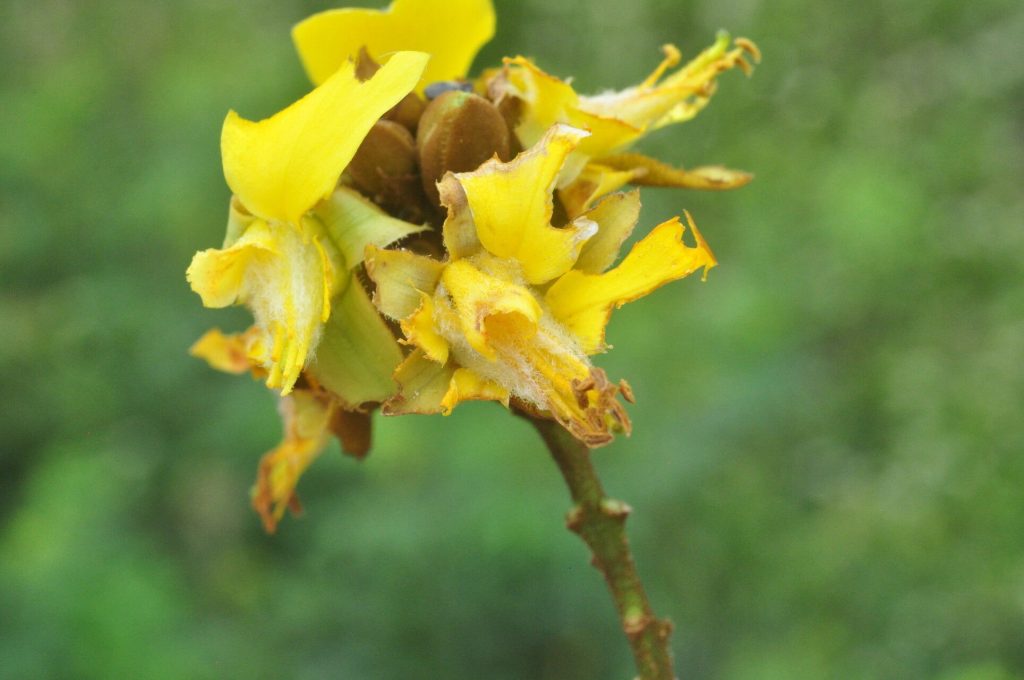Propagating the Large-Leafed Cenostigma: A Gardener’s Guide
Introduction:
Cenostigma macrophyllum, also known as the large-leafed cenostigma, is a captivating flowering tree appreciated for its vibrant, showy blooms and striking foliage. Native to certain regions of South America, its horticultural significance lies in its potential as an ornamental plant in warm, tropical, and subtropical climates. The captivating blooms and unique leaf shape make it a desirable addition to gardens, but information on its propagation is surprisingly limited. Its relative rarity contributes to its appeal amongst gardeners, adding to the satisfaction of successful cultivation.
Seed Germination:
Seed germination for Cenostigma macrophyllum appears to be viable, albeit potentially challenging. Limited anecdotal evidence suggests germination success, but specific protocols are lacking in published literature.
Challenges: Seed dormancy is likely a significant hurdle. The hard seed coat may impede water uptake and germination.
Tips: Scarification (carefully nicking the seed coat) or soaking seeds in warm water for 24-48 hours before sowing may improve germination rates. Sowing in a well-draining seed-starting mix, maintaining consistent moisture (but not overwatering), and providing warm temperatures (above 20°C) are crucial. Consider using a propagator with bottom heating for optimal temperature control.
Rewards: Successful seed germination offers the benefit of increased genetic diversity within a population, offering potential resilience to disease and pests. It also allows for large-scale propagation, making it more readily available to gardeners.
Cuttings:
Currently, there are no known reliable methods for propagation of Cenostigma macrophyllum via cuttings. Further research is needed to determine if semi-hardwood or softwood cuttings, treated with rooting hormones, might achieve success.
Division:
Division is not a practical method for propagating Cenostigma macrophyllum due to its tree-like growth habit and deep root system.
Tissue Culture:
Tissue culture offers potential for large-scale propagation, overcoming challenges associated with seed germination and cuttings. However, establishing a suitable protocol for Cenostigma macrophyllum requires specialized laboratory equipment and expertise in plant tissue culture techniques.
Challenges: Developing optimal media composition, hormone concentrations, and sterilization methods are crucial for successful tissue culture. This method demands substantial investment in equipment and skilled personnel.
Tips: Collaborating with botanical gardens or universities with plant tissue culture facilities may be necessary to overcome this hurdle.
Rewards: Tissue culture offers a potentially highly efficient method for mass-producing genetically uniform plants.
Conclusion:
Propagating Cenostigma macrophyllum presents unique challenges across all explored methods. While seed germination shows promise, its success rate depends on overcoming dormancy. Cuttings and division are currently not viable options. Tissue culture offers potential for large-scale propagation but requires specialized expertise and resources.
The difficulty in propagating this beautiful tree contributes significantly to the rewarding experience of successful cultivation. The effort invested is directly proportional to the satisfaction derived from witnessing these striking flowering plants thrive. For aspiring propagators, persistence, careful attention to detail, and potentially collaboration with experts are key to unlocking the secrets of successful Cenostigma macrophyllum propagation. Further research and experimentation are encouraged to refine existing methods and explore new avenues for propagating this fascinating plant.
